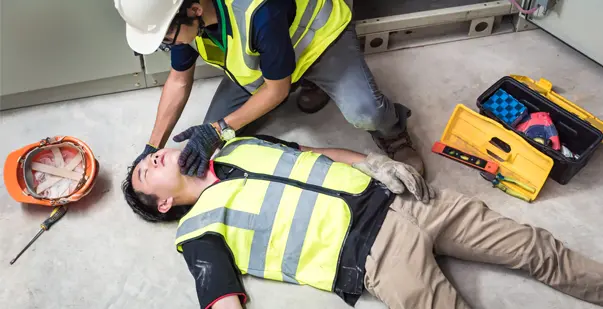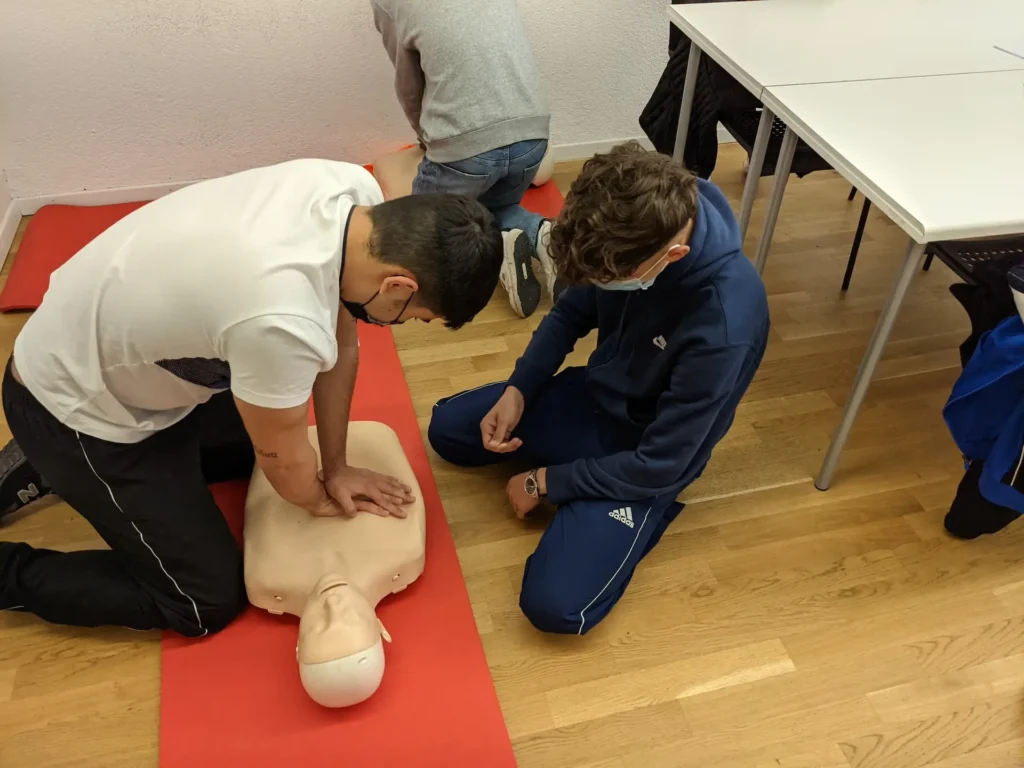
Last Updated On: August 30, 2024
To safeguard medical professionals during the COVID-19 epidemic, the American Heart Association (AHA) has amended its cardiopulmonary resuscitation (CPR) recommendations.
When performing CPR on individuals with a suspected or confirmed case of COVID-19, the interim guidance was released in January, 2022. The AHA emphasized the significance of donning the proper PPE before starting CPR. It instructs medical professionals to wear a respirator. For example:
Performing lifesaving CPR procedures include:

When an adult or adolescent collapses unexpectedly, hands-only CPR is advised. This does not entail giving someone rescue breaths. You can learn to perform CPR effectively by taking online CPR and other life-saving courses from the American CPR Care Association. The courses are offered in both online and blended mediums. The biggest advantage of taking online classes from the American CPR Care Association is that you can take them any time you want, and from anywhere. All you need is a hand-held device and an active internet connection. The courses are free to learn. If you want the certificate after completing the course and passing the tests, just pay a nominal fee and download it. You will have unlimited access to the course videos. You can take multiple retakes to pass the exams.
The AHA and WHO advises following these procedures while performing hands-only CPR:
In reaction to the COVID-19 pandemic, here’s the latest in CPR: first responders and onlookers/bystanders are advised to do CPR while donning a face shield like an N95 mask.
Additionally, according to recent recommendations, performing chest compressions alone is the safest resuscitation technique going ahead. Usually, there is still provirin enough oxygen in the body for the compressions to be effective. The new guidelines will encourage more onlookers to assist in situations and perhaps make them feel less scared.
The point is, if giving CPR is made simpler while keeping everyone safe, people are more likely to help if they know it’s now safer and easier. All they must do is push hard and quickly on that chest.
The new CPR recommendations from the AHA are intended for healthcare professionals. Experts also advise wearing a well-fitting mask in case you ever need to conduct CPR on someone outside of a hospital setting.
Most bystanders won’t have the recommended or appropriate PPE. But they should wear a mask that fits properly. Preferably one that is N95-rated or comparable.
A surgical or other mask is preferable but should be changed out as soon as is practical.
Additionally, giving CPR outside or in a room with enough ventilation would “minimize potential exposure danger.”
Initial responders should put on the proper PPE right away if they don’t already have it before starting CPR. Healthcare professionals should continue to adhere to the most recent recommendations made by the World Health Organization, the Centre for Disease Control and Prevention, as well as their regional health authorities and local institutions as the science surrounding COVID-19 and its variants develops. If you have any queries, you can call 1-888-808-9109 to learn more about online CPR classes at American CPR Care Association. Register for your CPR training today!

